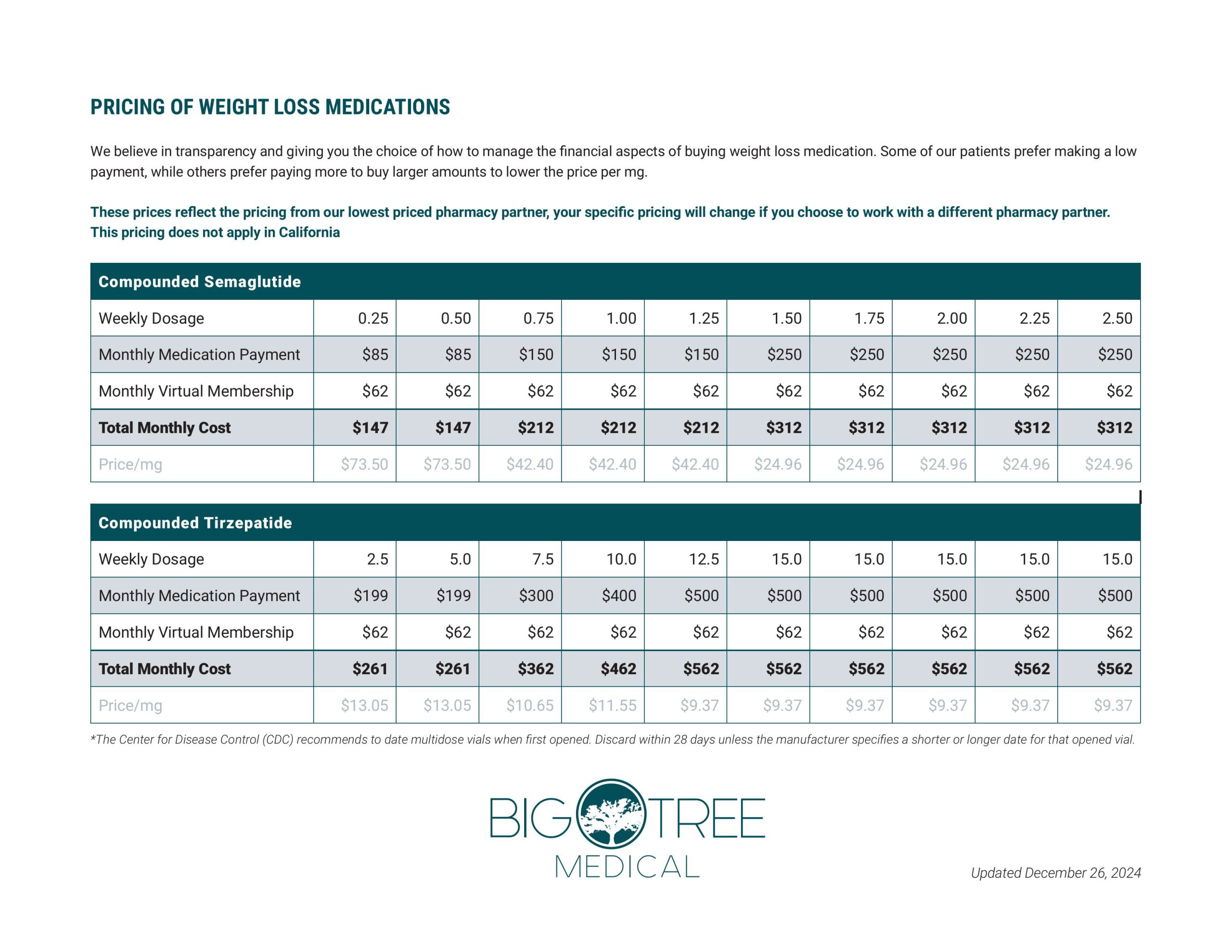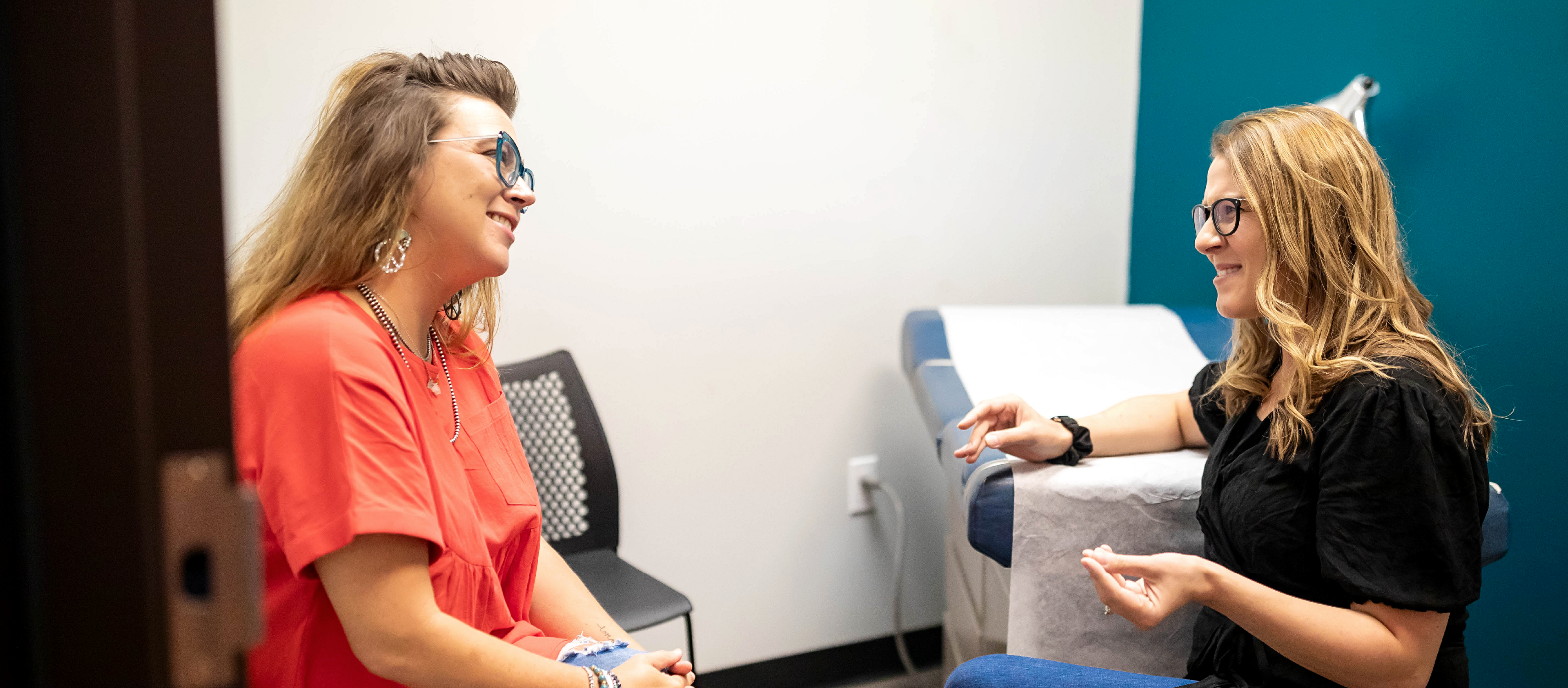With obesity rates rising globally, the demand for effective weight loss solutions has surged. Among these, GLP-1 receptor agonists—such as Semaglutide and Tirzepatide—have proven revolutionary in helping individuals lose weight by reducing appetite and improving metabolic health. However, the steep costs of these medications often deter patients from seeking long-term health transformation.
The good news? There’s a growing wave of innovative solutions focused on making GLP-1 medications more affordable and accessible without compromising quality.
Below, we’ll explore the cost dynamics of GLP-1 medications, alternatives like compounded options, and how new pricing structures are reshaping weight loss treatment.
Understanding GLP-1 Medication Costs
While GLP-1 receptor agonists have become widely popular for their efficacy, brand-name medications like Wegovy and Ozempic often cost $500 to $1,000 per month—a prohibitive expense for many. These medications were originally introduced for diabetes treatment and are now embraced for weight loss, delivering significant results.
But why are these so expensive? The high cost stems from extensive research, regulatory approvals, and manufacturing processes unique to patented drugs. Fortunately, compounded medications are offering a more affordable alternative.
Compounded GLP-1 Medications
Compounded medications are created by licensed compounding pharmacies, which prepare custom solutions tailored to patients’ needs. These aren’t mass-produced under big pharmaceutical brands, but they contain the same active ingredients as FDA-approved medications like Semaglutide and Tirzepatide.
Pricing for Our Compounded Medications
- Compounded Semaglutide:
- $85 per month (low dose, 0.25-0.50mg weekly)
- $250 per month (higher dose, 1.50-2.50mg weekly)
- Cost per mg improves with higher doses (from $73.50/mg to $24.96/mg).
- Compounded Tirzepatide:
- $199 monthly (low dose, 2.5-5.0mg weekly)
- $500 monthly (higher dose, 12.5-15.0mg weekly)
- Cost per mg ranges from $13.05 to $9.37.
Compounded versions not only reduce expenses but also enable flexibility in dosing, which is critical for personalization in weight loss journeys.
Membership-Based Models
Membership-based care provides not only affordable access to GLP-1 medications but also ongoing medical support. For example, Big Tree Medical offers membership plans that include:
- A monthly membership fee (e.g., $62 for virtual care or $80 for in-person care).
- Transparent pricing for medications.
- Primary care services are bundled into the membership.
- 24/7 access to providers for comprehensive support.
This model eliminates the guesswork of pricing and offers a predictable monthly cost that many patients find more manageable. 
The True Cost of a Weight Loss Journey
When considering affordability, it’s essential to factor in the complete cost of treatment—not just the medication. Many clinics charge separately for consultations, follow-ups, lab tests, and other services, resulting in piecemeal bills that can add up unexpectedly.
Comprehensive Membership Models
Forward-thinking health care providers are now offering membership-based pricing models that combine all services into one predictable monthly fee. Here’s what these programs typically include:
- Medication Access (like compounded GLP-1s)
- 24/7 health care Support: Providers are available via messaging, video, or calls.
- No Hidden Fees: Transparent pricing with no additional copays or visit charges.
- Primary Care Integration: Management of other health conditions alongside weight loss treatment.
- Medication Modalities: Flexible dosing schedules with a focus on maximum efficiency at lower costs.
For example, monthly costs in these models range from $147 to $562, and they cover medication plus provider support—offering better value compared to traditional approaches.
Beyond Medication—Comprehensive Support Matters
It’s crucial to remember that medications alone don’t foster lasting weight loss. Combining them with holistic care ensures the best outcomes. For GLP-1 users, effective programs go beyond prescriptions to provide ongoing support like:
- Regular Check-ins with Providers: To monitor progress and adjust dosing.
- Titration Schedules: Gradual dosage increases every 4 weeks to optimize effect.
- Diet and Exercise Guidance: Such as maintaining a protein-rich diet to minimize muscle loss.
- Direct-to-Patient Shipping: Reducing challenges like pharmacy delays or markups.
- Lifestyle Counseling: Strategic plans for integrating weight loss into long-term habits.
Accessibility Strategies
Making GLP-1 treatments more affordable also relies on overcoming barriers to health care access. Innovative providers are adopting multiple strategies to remove hurdles for patients.
Key Accessibility Measures
- Transparent Pricing
Patients now benefit from upfront cost disclosures, eliminating unexpected financial stress.
- Flexible Membership Models
These plans cater to patients who lack insurance or face high deductibles.
- Direct Shipping Services
Medications are shipped directly from licensed pharmacies to patients’ homes, reducing delays and costs.
- Insurance-Independent Solutions
Many programs work seamlessly for patients with or without traditional insurance plans.
- Flexible Dosing Options
Dosages tailored to individual medical and budgetary needs make treatment accessible for more people.
What Patients Should Know Before Starting
GLP-1 medications, while effective, come with certain considerations. Patients may experience gastrointestinal side effects such as nausea or diarrhea, often subsiding after the first few weeks. Clear lifestyle adjustments—like following a balanced diet and incorporating regular exercise—are essential to maximize results.
Additionally, patients transitioning off these medications may regain some weight without adopting sustainable habits. Many choose to stay on low-dose maintenance regimens or reintroduce medications intermittently during periods of increased risk, such as holidays or vacations.
Why It Matters
The obesity epidemic represents one of the greatest health challenges of our time, and GLP-1 medications are finally offering hope. The emergence of compounded medications and accessible pricing models ensures that effective weight loss treatment is no longer reserved for those with unlimited budgets.
Patients now have real opportunities to reclaim their health, thanks to solutions that blend affordability with high-quality care. Innovative organizations are also playing a critical role by reshaping the landscape of obesity management and removing barriers to address this global issue.
Looking Ahead
With ongoing advancements in medication technology and pricing models, the future of GLP-1 treatments continues to shine brighter. Health care providers who emphasize transparent pricing and patient-first care are setting a new standard for effective weight loss.
If you’re considering weight loss treatment, explore options that combine affordability with comprehensive support. By evaluating both medication costs and integrated health care services, you’ll be setting yourself up for the success you deserve.
Remember—consult with a health care provider to determine the right approach for your unique needs before initiating any treatment plan.












